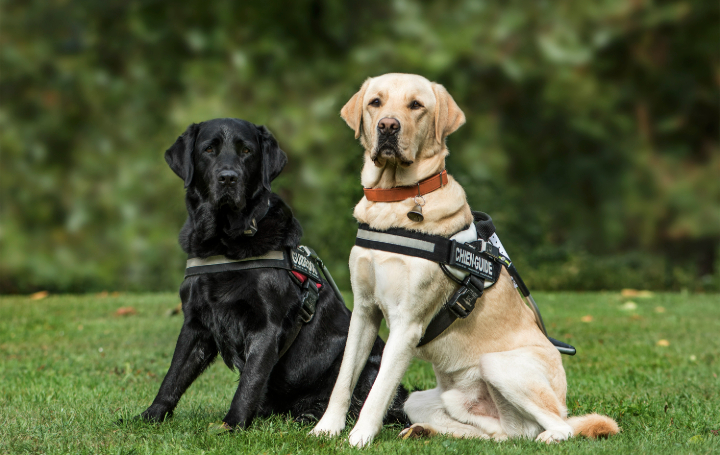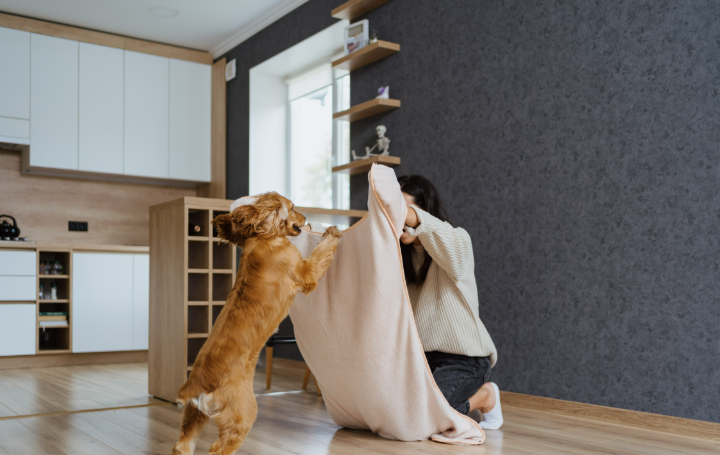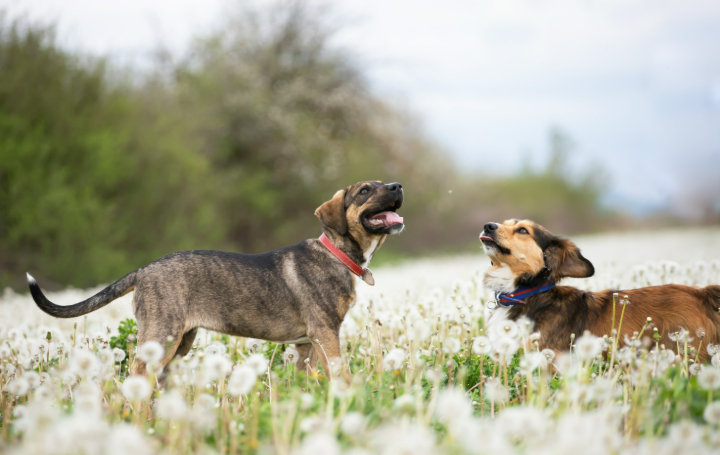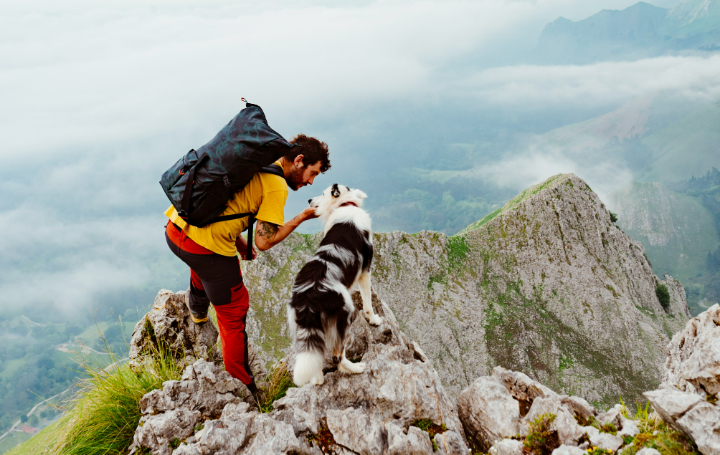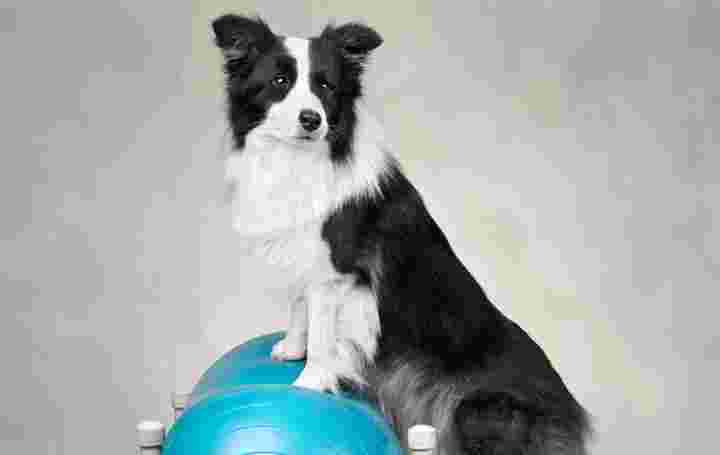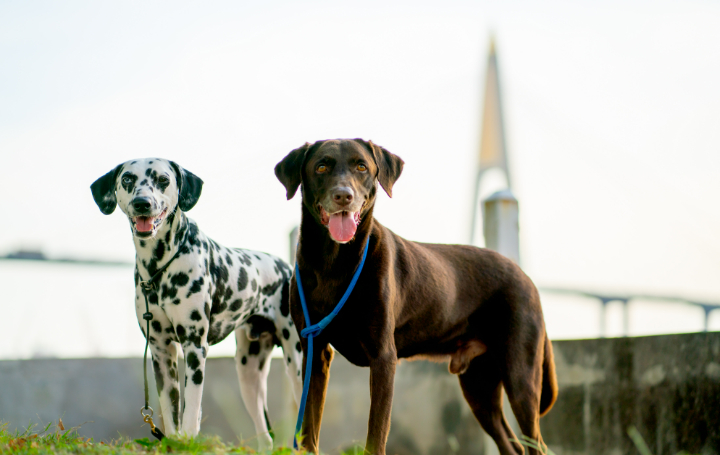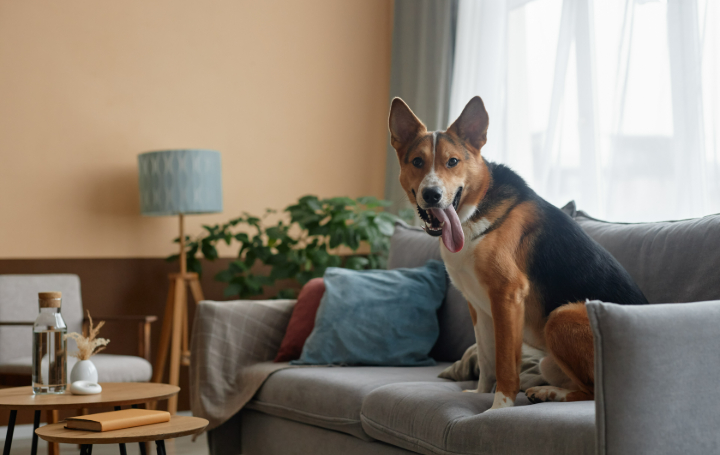How to Train Your Dog for Service Tasks: Practical Tips
Training your dog to perform service tasks is an incredible journey. It’s about teaching them to help you or others in meaningful ways, whether it’s guiding the visually impaired, alerting someone to a medical condition, or even providing emotional support. This process requires patience, consistency, and plenty of love and it can be a deeply rewarding experience for both you and your furry friend.
Here’s a step-by-step guide to make the process fun, practical, and effective:
Step 1: Start with the Basics
Before jumping into specific service tasks, your dog needs a solid foundation in basic obedience. This ensures they’ll listen to your commands and behave appropriately in different environments.

Essential Commands to Teach:
Sit: Helps your dog stay calm and focused.
Stay: Keeps them in place, even with distractions.
Come: Ensures they’ll return to you when called.
Heel: Teaches them to walk calmly by your side.
Tip: Use positive reinforcement—like treats, praise, or play—to reward your dog for following commands. Keep training sessions short (10-15 minutes) to hold their attention.
Step 2: Socialize Your Dog
Service dogs need to be comfortable in all kinds of situations—crowded places, noisy environments, or around other animals. Socialization helps them stay calm and focused no matter where they are.
How to Socialize:
- Take your dog to different places: parks, malls, public transport, etc.
- Expose them to various sounds, smells, and sights.
- Introduce them to people of all ages and backgrounds.
Pro Tip: Gradually increase the complexity of the environments you expose your dog to. Start with quieter places before moving to busier areas.
Step 3: Identify the Tasks Your Dog Needs to Learn
What specific tasks will your dog perform? This depends on the type of service dog you’re training. Here are a few examples:
Types of Service Tasks:
Guide Dogs: Help individuals navigate spaces, avoid obstacles, or find specific locations like doors or chairs.
Medical Alert Dogs: Detect low blood sugar, seizures, or allergens and alert their handler.
Psychiatric Service Dogs: Provide grounding during anxiety attacks, interrupt harmful behaviors, or retrieve medication.
Mobility Assistance Dogs: Pick up dropped items, open doors, or provide balance support.
Write down the tasks your dog needs to master. This will help you create a clear training plan.
Step 4: Break Tasks into Smaller Steps
Complex tasks can feel overwhelming—for you and your dog. Break them into smaller, manageable steps. For instance:
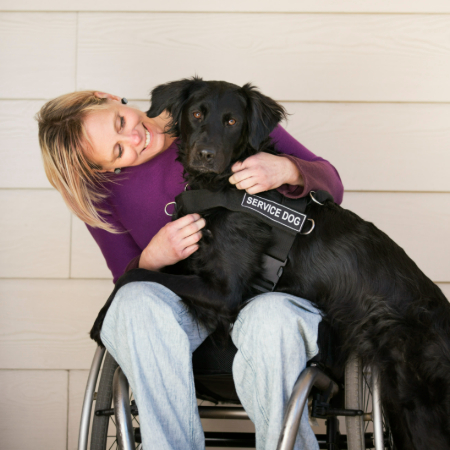
Example Task: Retrieving Items
- Start with teaching your dog to pick up an object (e.g., a toy).
- Gradually train them to hold the item until you say “drop it.”
- Introduce specific items like keys or a water bottle.
- Add a command like “get my keys” and guide them to the location.
Celebrate small wins along the way to keep your dog motivated!
Step 5: Use Consistent Cues and Signals
Consistency is crucial in service dog training. Use the same words, gestures, or signals every time you train a specific task. For instance, if you use the word “fetch” for retrieving items, don’t switch it to “get” midway through training.
Verbal and Non-Verbal Cues:
- Combine words with hand signals for clear communication.
- Keep your tone calm and encouraging.
Tip: Always reward your dog immediately after they perform the desired action to reinforce the behavior.
Step 6: Practice in Real-Life Scenarios
Once your dog is comfortable with a task at home, it’s time to practice in real-world settings. For example:
- If your dog is learning to assist with balance, take them on walks in areas with different terrains.
- If they’re training to alert you to sounds, expose them to those sounds in various environments.
Pro Tip: Stay patient. It’s normal for dogs to need extra practice when they’re adapting to new situations.
Step 7: Build Focus and Ignore Distractions
Service dogs need to stay laser-focused on their handler, even in busy or chaotic environments. To train this:
- Practice eye contact with commands like “look at me.”
- Gradually introduce distractions (e.g., toys, food, or other dogs) during training sessions.
- Reward your dog for ignoring distractions and staying focused.
Fun Game: Play “find it” by hiding treats or toys around the house. This helps build focus and problem-solving skills.
Step 8: Keep Training Positive
Training should be enjoyable for both you and your dog. Use lots of praise, treats, and affection to make learning fun. If your dog seems frustrated or tired, take a break and try again later.
Avoid Punishment:
- Never yell at or physically correct your dog. It can damage their trust and make training harder.
- Instead, redirect unwanted behaviors and reward positive ones.
Step 9: Know When to Ask for Help
If you’re struggling to teach certain tasks or your dog isn’t progressing, consider working with a professional trainer who specializes in service dogs. They can provide guidance and tailor training to your needs.
Finding a Trainer:
- Look for trainers with experience in service dog certification.
- Ask for references or reviews from other clients.
- Ensure they use positive reinforcement methods.
Step 10: Practice Patience and Persistence
Training a service dog takes time. Some tasks might take weeks or even months to master, so stay patient. Celebrate every small success and remember that consistency is key.
Inspirational Thought: Every moment you invest in training strengthens the bond between you and your dog. You’re not just teaching them tasks—you’re creating a partnership built on trust and love.
Bonus Tips for a Smooth Training Journey
Keep Training Sessions Short: Dogs learn best in short bursts. Aim for 10-15 minutes per session, a few times a day.
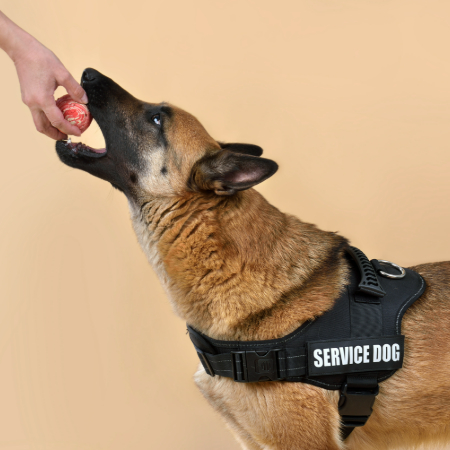
Be Observant: Learn your dog’s body language. This helps you understand when they’re engaged, stressed, or need a break.
Stay Consistent: Train regularly to reinforce skills and prevent your dog from forgetting what they’ve learned.
Make It Fun: Incorporate games, playtime, and affection into training to keep your dog excited about learning.
Training your dog to perform service tasks is a journey of love, learning, and growth. With patience, consistency, and a lot of positive reinforcement, you’ll guide your dog to become a confident and capable service companion. And remember, the bond you build along the way is just as important as the skills you learn.
Happy training!
Doglime for more dog-related information.
Tags
